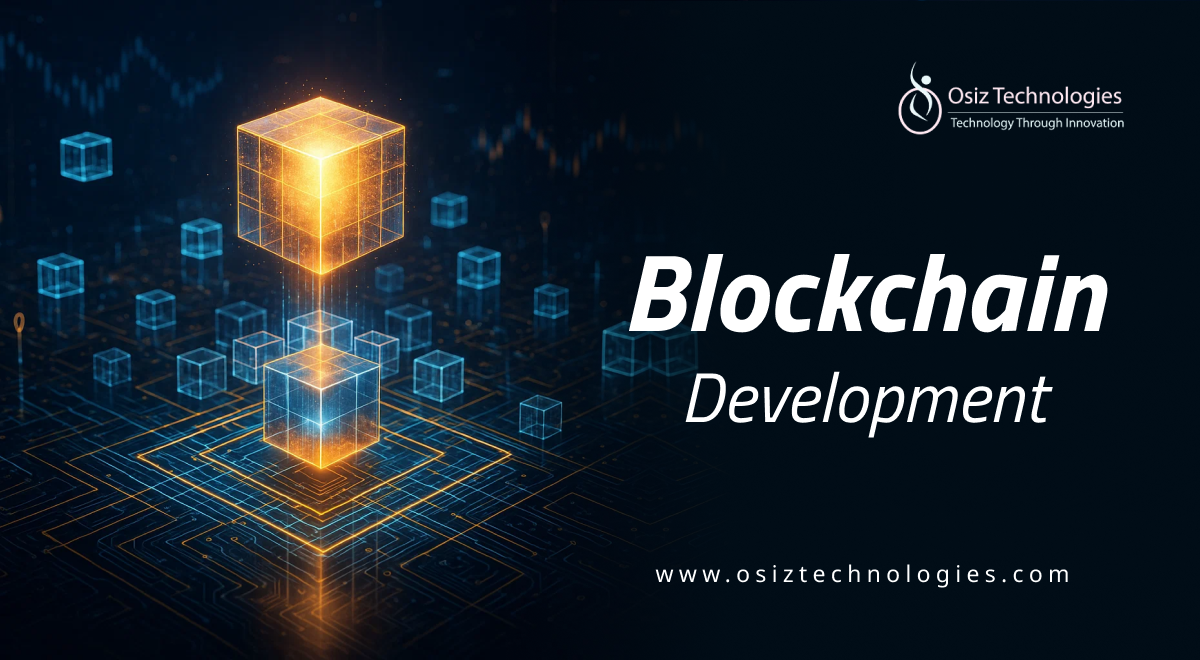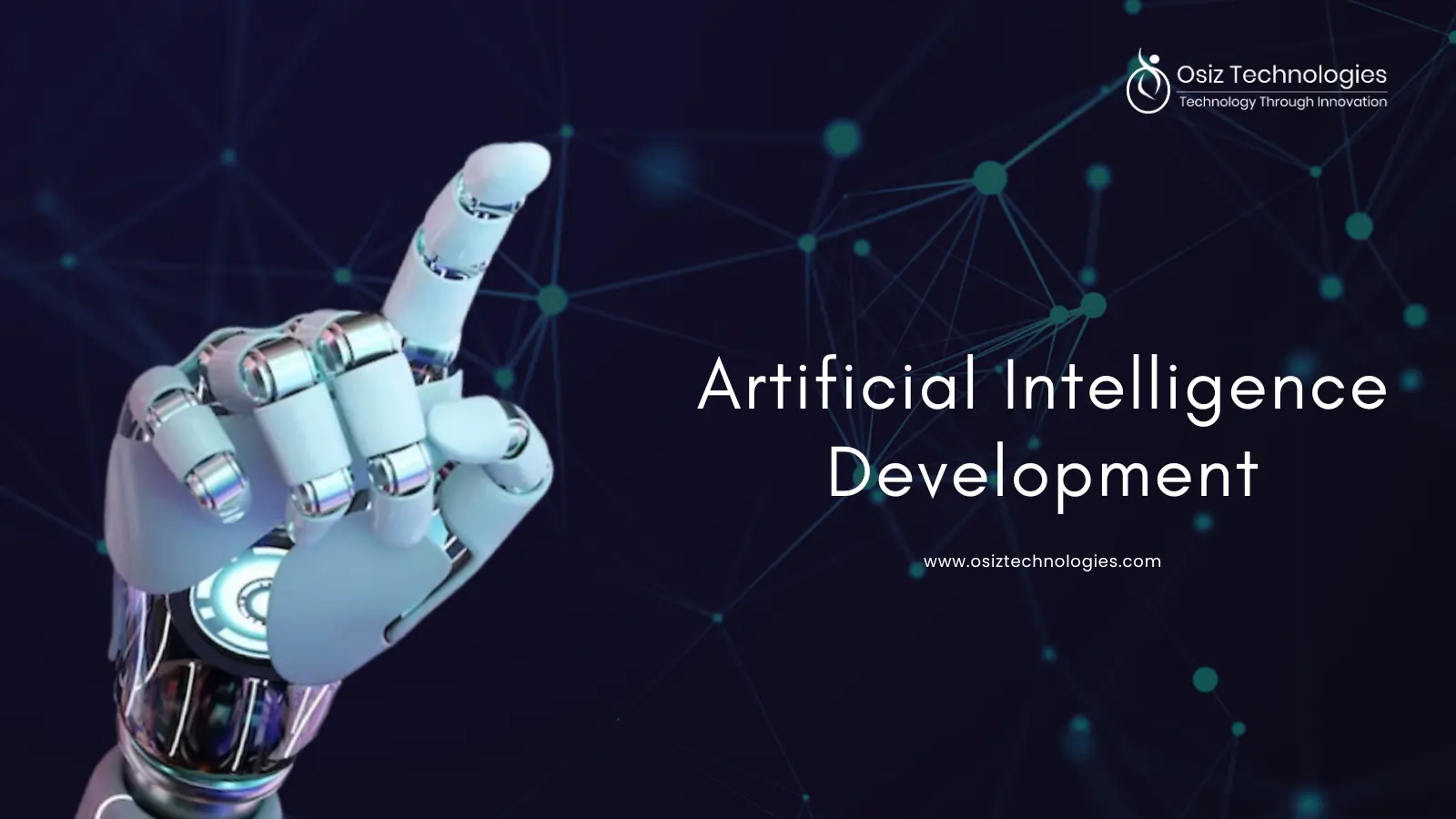Blockchain technology has emerged as a revolutionary force, reshaping industries by providing transparency, security, and decentralization. At the heart of this technology lies blockchain architecture, a complex framework that governs how data is managed, transactions are processed, and security is maintained. This article delves into the intricacies of blockchain architecture design, exploring its components, consensus mechanisms, and scalability solutions.
What is Blockchain Architecture?
Blockchain architecture refers to the structure and design of a blockchain system. It encompasses the various components that work together to enable the functionality of the blockchain. According to Fireblocks, blockchain architecture defines how data is managed, how transactions are processed, and how security is enforced within a blockchain system. Each of these elements plays a critical role in ensuring the system's efficiency and reliability.
Key Components of Blockchain Architecture
The architecture of a blockchain is built on several key components:
Nodes: These are individual devices that maintain a copy of the blockchain. They can be categorized into full nodes and light nodes.
Transactions: These are the actions that occur on the blockchain, such as transferring assets or executing smart contracts.
Blocks: Transactions are grouped into blocks, which are then added to the blockchain.
Consensus Mechanisms: These protocols ensure that all nodes agree on the state of the blockchain, maintaining its integrity and security.
Cryptography: This is used to secure transactions and control the creation of new blocks.
Understanding Blockchain Consensus Mechanisms
Consensus mechanisms are vital for maintaining the integrity of a blockchain. They ensure that all participants in the network agree on the validity of transactions. Common consensus mechanisms include:
Proof of Work (PoW): Used by Bitcoin, this mechanism requires miners to solve complex mathematical problems to validate transactions.
Proof of Stake (PoS): Validators are chosen based on the number of coins they hold and are willing to “stake” as collateral.
Delegated Proof of Stake (DPoS): Stakeholders elect delegates to validate transactions on their behalf.
Smart Contracts Deployment
Smart contracts are self-executing contracts with the terms of the agreement directly written into code. They automate processes and reduce the need for intermediaries. Deploying smart contracts involves:
- Writing the contract code.
- Testing the code in a controlled environment.
- Deploying the contract on the blockchain.
- Monitoring the contract for performance and security.
Distributed Ledger Technology (DLT)
Distributed Ledger Technology is the backbone of blockchain. It allows multiple participants to access and validate the same data without a central authority. This decentralization enhances security and trust among users. DLT can be permissioned or permissionless, each serving different use cases.
Blockchain Security Design
Security is paramount in blockchain architecture. Key security features include:
Cryptography: Ensures data integrity and confidentiality.
Decentralization: Reduces the risk of a single point of failure.
Consensus Mechanisms: Prevents fraudulent transactions.
Blockchain Scalability Solutions
As blockchain networks grow, scalability becomes a challenge. Solutions include:
Layer 2 Solutions: Technologies like the Lightning Network allow transactions to occur off-chain, reducing congestion.
Sharding: This involves splitting the blockchain into smaller, manageable pieces.
Sidechains: Independent blockchains that run in parallel to the main chain.
Understanding Blockchain Network Nodes
Nodes are the backbone of blockchain networks. They validate transactions, store data, and maintain the network. Full nodes keep a complete copy of the blockchain, while light nodes store only a portion of it. This distinction impacts the network's efficiency and security.
Permissioned vs Permissionless Blockchain
Blockchains can be categorized into permissioned and permissionless types:
Permissioned Blockchains: Access is restricted to specific users, enhancing privacy and control.
Permissionless Blockchains: Anyone can join and participate, promoting decentralization.
Hyperledger Architecture
Hyperledger is an open-source collaborative effort to advance cross-industry blockchain technologies. Its architecture includes:
Fabric: A modular architecture allowing for the creation of customizable blockchains.
Indy: A framework for decentralized identity.
Grid: A platform for supply chain solutions.
Blockchain Architecture Layers
Understanding the layers of blockchain architecture is crucial. These include:
Infrastructure Layer: The foundational layer that includes hardware and network components.
Data Layer: Responsible for the storage and organization of data.
Network Layer: Manages communication between nodes.
Application Layer: Where user interactions occur, including smart contracts and decentralized applications (dApps).
Blockchain Data Structure
Blockchain data is structured in a way that ensures security and integrity. Each block contains:
- Transaction data.
- A timestamp.
- A reference to the previous block (hash).
Blockchain Transaction Validation
Transaction validation is crucial for maintaining trust in the blockchain. It involves:
- Verifying the authenticity of the transaction.
- Ensuring that the sender has sufficient funds.
- Confirming that the transaction adheres to the network's rules.
Responsibilities of a Blockchain Architect
A blockchain architect plays a pivotal role in designing and implementing blockchain solutions. Key responsibilities include:
- Analyzing business requirements and translating them into technical specifications.
- Designing the blockchain architecture.
- Ensuring security and compliance.
- Collaborating with stakeholders to ensure successful implementation.
Conclusion
Understanding blockchain architecture design is essential for anyone looking to harness the power of this transformative technology. With its interconnected components, consensus mechanisms, and advanced security features, blockchain provides a robust framework for secure and efficient transactions. As more industries adopt blockchain solutions, the need for skilled architects and reliable technical partners continues to grow, and Osiz, a leading Blockchain Development Company, plays a key role in delivering scalable, secure, and customized blockchain implementations that support this evolution. If you're interested in learning more or implementing blockchain solutions, connect with us at osiztechnologies!
Listen To The Article
Recent Blogs

Black Friday 30%
Offer










